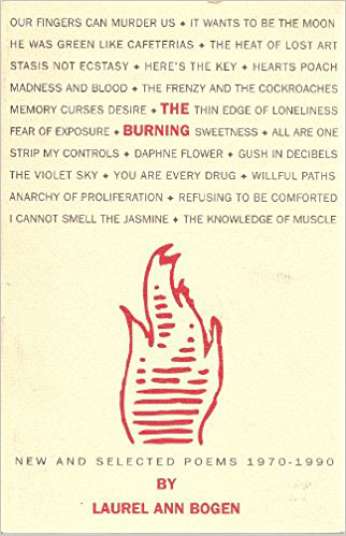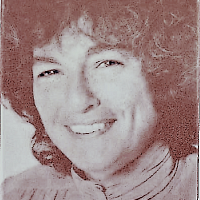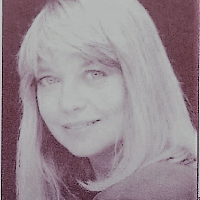LITERARY WOMEN
Celebrating Women Authors Since 1982
View all of our past selections or filter by year or genre


Elizabeth Barber
Elizabeth Barber started a two month project for a 10-page article about women and weaving in prehistoric ages which became a 17-year project culminating in her work, Prehistoric Textiles: The Development of Cloth in the Neolithic and Bronze Ages. She has just completed her third book, Women’s Work: The First 20,000 Years, for which she is doing the illustrations. We are most grateful to Elizabeth Barber for filling in for us when Alice Kohler had to forgo her participation at the Festival.


Laurel Ann Bogen
Laurel Ann Bogen, acclaimed poet/performer in Los Angeles, was nominated in 1991 for a Pulitzer Prize after publication of her book, The Burning. She was selected as Los Angeles’s “Best Female Poet/Performer” in 1989. Emotional and humorous, her work often reflects personal upheaval and passion gone astray. The voice is “sometimes fragile, as it confronts intense private fractures, and it is also humorous as it triumphs and heals.”
Visit Laurel Ann Bogen’s website ›

Blanche Wiesen Cook
Blanche Wiesen Cook’s Eleanor Roosevelt: Volume One, 1884-1933, has been hailed as a book that “should completely change historical interpretations of the life and times of Eleanor Roosevelt.” Cook’s biography of one of America’s most fascinating and influential political women is scholarly and absorbing. A historian and journalist, Cook is professor of History and Women’s Studies at City University of New York. She is currently as work on Volume Two.


Thulani Davis
Thulanni Davis’s first novel, 1959 combines a coming-of-age story with a unsettling journey into the very beginning of the Civil Rights Movement, as told by a twelve-year-old girl named Willie. Davis is also a poet, journalist, and the author of the libretto for the widely acclaimed opera X: The Life and Times of Malcolm X, and the adaptation of Brecht’s The Caucasian Chalk Circle.
Visit Thulani Davis’s website ›

Jane Langton
Jane Langton likes “to use something superb by somebody else as a sort of background” in her books: the writing of Emerson (The Transcendental Murder); Emily Dickinson (Emily Dickinson Is Dead); the Divine Comedy (The Dante Game); Handel’s Messiah (The Memorial Hall Murder); art masterpieces (Murder at the Gardner); and Thoreau territory (God in Concord) for her most recent mystery.
Visit Jane Langton’s website ›

Carol Muske-Dukes
Carol Muske Dukes is the recipient of numerous awards for her poetry, including the John Simon Guggenheim Foundation Fellowship, a National Education Association award, and an Ingram Merrill Fellowship. Dear Digby, her hilarious yet poignant first novel, is scheduled to be made into a film starring Michelle Pfeiffer, and she recently published a second novel called Saving St. Germ. Muske-Dukes teaches at the University of Southern California.
Visit Carol Muske-Dukes’s website ›

Whitney Otto
Whitney Otto wrote her first novel, How to Make An American Quilt, in 1991. This highly original, intelligent and insightful work of fiction intersperses information about the history of quilting with the stories of a group of women living in a mythical town in California’s Central Valley. This patchwork approach affords the reader a rich experience in which the characters share their individuality as well as their complex relationships.
Visit Whitney Otto’s website ›

Lane Von Herzen
Lane Von Herzen’s lyrical first novel Copper Crown portrays an interracial friendship that transcends the bigotry and violence of rural Texas in the early 1900’s. Published in 1991, it was a Literary Guild selection and a featured novel in B. Dalton’s Discover Great New Writers series. Von Herzen won the 1990 Los Angeles Arts Council Fiction Prize. That same year she received her M.F.A. degree from the University of California at Irvine.
Visit Lane Von Herzen’s website ›